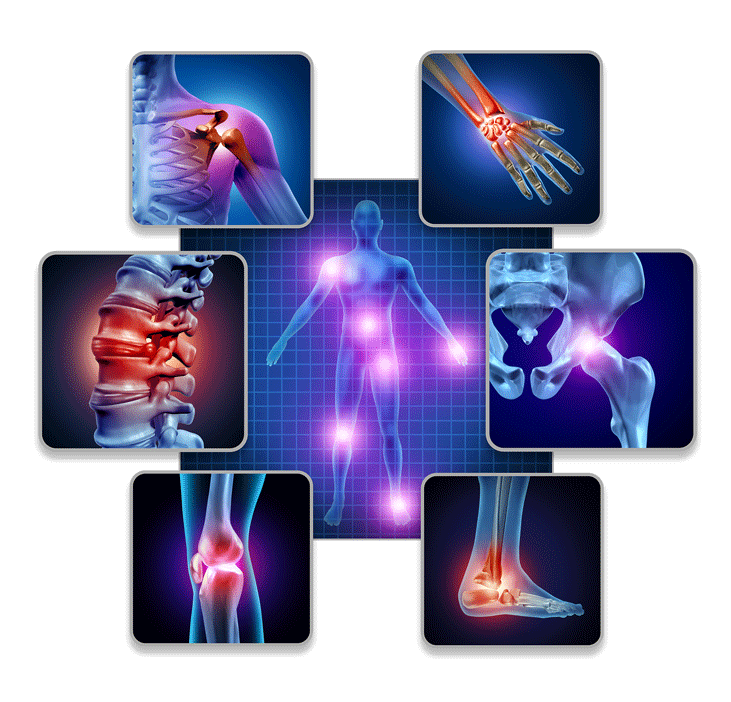Joint Pain
Simply masking the pain and discomfort with pain medication will only provide a temporary fix and start a potentially dangerous cycle of dependency.
Regenerative Medicine Stem Cell Therapy utilizes Wharton’s jelly, a gelatinous substance in the umbilical cord that provides cushioning and support to the umbilical vein and arteries. Whartons Jelly is a rich source of cytokines, growth factors, proteins and mesenchymal stem cells and is unique in its potential in regenerative medicine. Regenerative medicine provides the healing factors and mesenchymal stem cells to help restore patients’ quality of life.

Real Patients, Real Results
Male had severe and debilitating pain that stopped him from enjoying walks with his grandson.
Kris had painful tennis elbow that nearly forced him to stop playing the sport he loved.
PRP has been used to promote cell regeneration since 1987, as a viable treatment for tendinosis. PRP improves function for 12 months in patients with knee joint cartilage pathology.
PRP is an autologous blood product that is created by first obtaining a small amount of blood, concentrating that blood sample through centrifugation, and then administering the concentrated plasma product back into the patient. The concentrated plasma contains a high concentration of platelets (at least two times greater than whole blood), which have critical roles in maintaining tissue and regulating the inflammation and coagulation responses of the body such as chondrocyte apoptosis inhibition, bone and vessel remodeling, inflammation modulation, and collagen synthesis. Because of these properties, PRP has emerged as a viable treatment method for conditions such as Knee osteoarthritis.
When platelets are activated, growth factors contained in the α-granules of the platelet respond in a localized, site specific manner. This process is quick, with almost 70% of the growth factors contained within the α-granule being secreted in the first 10 min. These growth factors, along with coagulation factors, cytokines, chemokines, and other proteins stored within the platelet, have been shown to stimulate chondrocyte and chondrogenic MSC proliferation, promote chondrocyte cartilaginous matrix secretion, and diminish the catabolic effects of pro-inflammatory cytokines.
The major growth factors and growth factor families from PRP that are involved with osteoarthritis treatment include tissue growth factor-β (TGF-β), insulin-like growth factor 1 (IGF-1), bone morphogenetic proteins (BMP), platelet-derived growth factor (PDGF), vascular endothelial growth factor (VEGF), epidermal growth factor (EGF), fibroblast growth factor (FGF), and hepatocyte growth factor (HGF). TGF-β has been identified as one of the most important factors in cartilage regeneration because of its role in the proliferation and differentiation of chondrocytes. TGF-β induces chondrogenic differentiation of MSCs and also antagonizes the suppressive effects of IL-1, a pro-inflammatory cytokine responsible for stimulating catabolic factors, and predisposing intracapsular structures for further degradation. IGF-1 is an important component in cartilage processes, promoting chondrocyte mitosis and extracellular matrix synthesis. BMP assists in chondrocyte migration, and FGF has a major role in cartilage repair. PDGF assists in the regeneration of articular cartilage by increasing chondrocyte proliferation and plays a role in all cells of mesenchymal origin. VEGF effects vascular structure formation and regeneration, and has been shown to be essential in reestablishing nutrient flow.
Joint Pain
Read more: US National Library of Medicine National Institutes of Health

